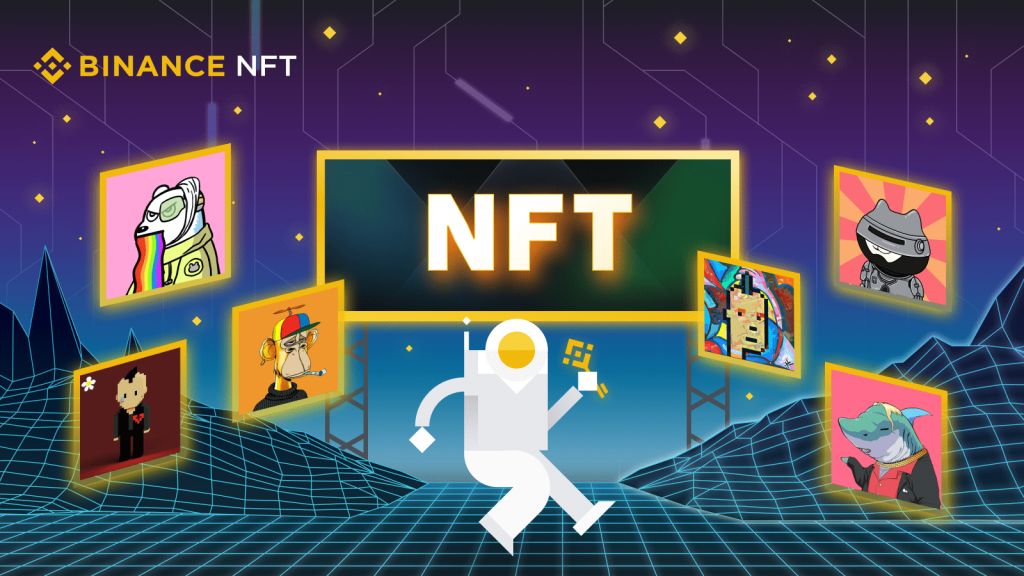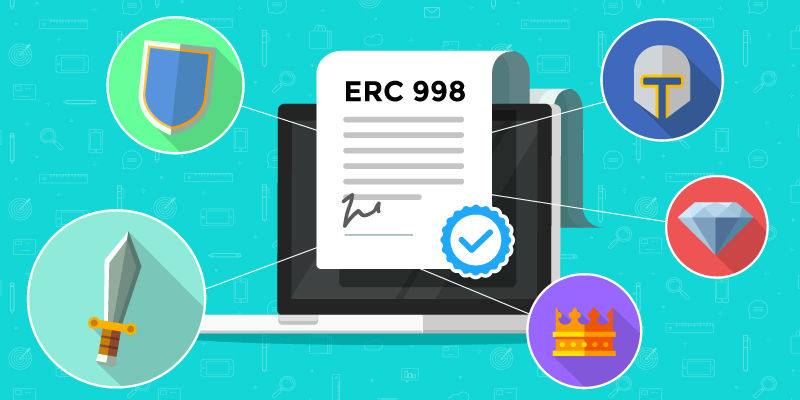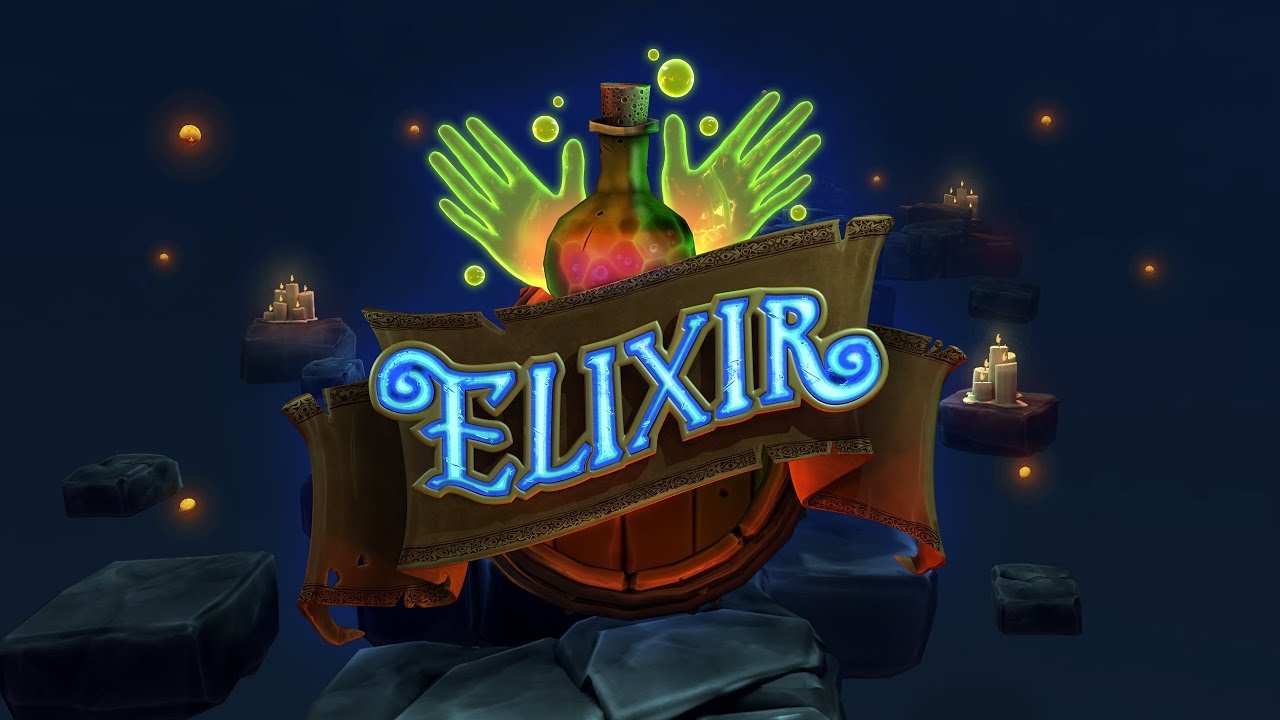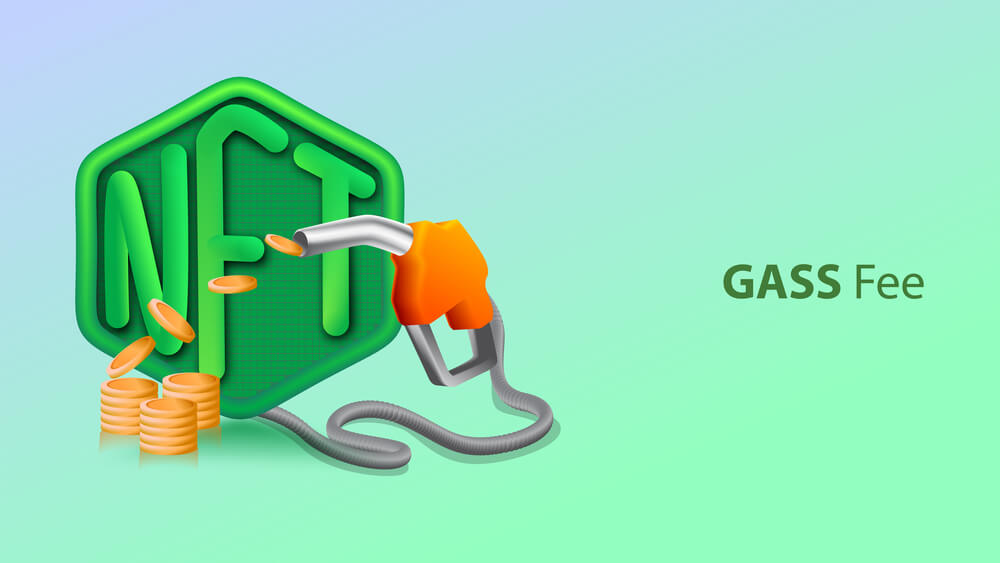Brands that issue nonfungible tokens must hold the biggest responsibility to protect themselves and their investors from NFT fraud, according to an NFT security executive.
Nonfungible token (NFT) marketplaces need to commit to fighting fraudulent NFTs. However, brands should be held as far more responsible for protecting NFT investors. BrandShield CEO Yoav Keren said that while speaking to a reporter on October 12.
Based on the statement by Keren, it is easy for a brand to notice NFTs that were not released by the form itself rather than marketplaces like Rarible or OpenSea. NFT marketplaces normally have few insights into which brands are developing NFTs when they are launching and many other details, according to the CEO.
Although marketplaces need not be negligent of the reality of NFT fraud, it should be a must for the brands to keep their audience publicly and transparently updated about all NFT offerings. Keren said:
“Brands should understand the legal implications of misuse of their image, and should take action to protect their customers across all platforms, websites, and marketplaces.”
The CEO also stated that counterfeits and other copyright infringements have come up as the two most common types of fraud so far. By description, counterfeit NFT fraud is illegal replicas that are sold despite the existence and sale of original NFT drops by the developer or authorized parties.
NFT Fraud Cases On The Rise
Trademark and copyright infringements are fraudsters who hijack a brand’s likeness or image to develop and sell NFTs without any prior authorization. Both of these NFT frauds happen across some of the biggest NFT marketplaces, including Rarible, OpenSea, and Nifty Gateway, as highlighted by Keren. He stated:
“We conducted a scan on OpenSea and found 41,500 suspicious NFT listings using unauthorized likenesses or images associated with prominent celebrities who’ve promoted NFTs or cryptocurrency.”
In such cases, fraudsters used copyright and trademark infringements to defraud consumers. One of the ways to get rid of NFT fraud is for the platforms to encourage more reporting of fake listings when a suspicious listing gets discovered by a user of the platform. Keren commented:
“Ideally, brands and marketplaces should work together on solutions.”
He also said that attacking an issue from multiple angles is the quickest way of getting an effective solution. Despite encouraging organizations, brands, and marketplaces to strive relentlessly to protect NFT investors, the BrandShield CEO insisted that it is still crucial for consumers to do some in-depth research and background checks while investing in NFTs.
It is advisable to double-check the website of the NFT marketplace’s domain and go for only the verified NFT sellers to avoid any suspicious and shortened links. Keren noted:
“Work to verify an NFT before purchasing because by the time marketplaces catch on to these abuses, it’s oftentimes too late.”
The rise of nonfungible tokens and the metaverse has created another avenue for fraudsters and criminals to mislead investors into falling for scams and various counterfeits. Based on data acquired from crypto risk management company Elliptic, NFT investors were victimized by over $100 million worth of NFT scams and thefts that are related to NFTs between July 2021 and July 2022.







